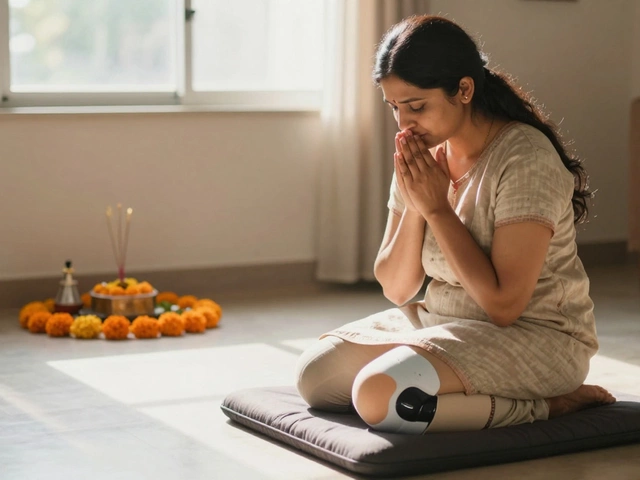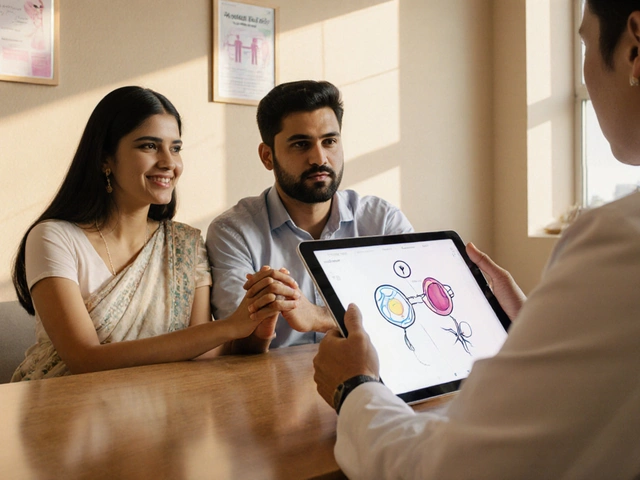Type 2 Diabetes – Everything You Need to Know
If you’ve just heard the term type 2 diabetes or you’re living with it, you probably have a lot of questions. What exactly is it? How can you keep your blood sugar steady without feeling restricted? Below we break down the basics, share simple lifestyle hacks, and point out common mistakes that many Indians make.
What is type 2 diabetes?
Type 2 diabetes is a condition where your body either doesn’t use insulin properly (insulin resistance) or doesn’t make enough of it. Insulin is the hormone that moves sugar from your bloodstream into your cells for energy. When it’s not working right, sugar stays high in the blood, which can damage organs over time.
Why is it so common in India?
India has a fast‑growing number of people with type 2 diabetes. A mix of genetics, sedentary jobs, and high‑carb diets makes it easier for blood sugar to spike. Even a small amount of daily walking, swapping white rice for millets, and watching portion sizes can make a big difference.
Here are the top risk factors you should watch:
- Family history of diabetes
- Being overweight, especially around the belly
- Living a mostly sit‑down lifestyle
- Eating lots of refined carbs, sugary drinks, and fried foods
- Age over 45 (though younger cases are rising)
Spotting the signs early
Early symptoms are often mild, so you might miss them. Common clues include frequent thirst, needing to pee a lot, feeling unusually tired, and blurry vision. If any of these sound familiar, grab a glucometer or visit a clinic for a quick blood test.
Practical ways to manage blood sugar
Managing type 2 diabetes isn’t about drastic diets; it’s about steady, realistic changes.
- Track your carbs. Use a food diary or an app to note how many grams of carbs you eat each meal. Aim for 45‑60 g per meal if you’re just starting out.
- Choose whole grains. Replace white rice with brown rice, millets, quinoa, or whole wheat chapati. These release sugar slower.
- Load up on fibre. Veggies, beans, and lentils keep you full and help control glucose spikes.
- Stay active. 30 minutes of brisk walking, cycling, or even dancing beats sitting for hours. Split it into two 15‑minute walks if that feels easier.
- Hydrate smartly. Swap sugary drinks for water, coconut water (unsweetened), or buttermilk with a pinch of roasted cumin powder.
- Don’t skip meds. If your doctor prescribed metformin or other pills, take them exactly as directed. Missing doses can cause sudden spikes.
Common myths debunked
Many people think they must avoid all carbs or that “herbal” pills can cure diabetes. The truth is: carbs are okay in the right amount, and no herb replaces the need for medication and lifestyle changes. Always talk to a doctor before adding any supplement.
One popular myth in India is that “spicy food spikes sugar”. In reality, the heat from chilies doesn’t raise blood sugar; the accompanying sugar‑laden sauces do. So enjoy a roasted masala pepper if you love spice, just keep the sugary side dishes low.
Monitoring and when to see a doctor
Check your fasting blood sugar and HbA1c every 3‑6 months. If your readings stay above 130 mg/dL (fasting) or HbA1c climbs over 7 %, schedule a check‑up. Also, watch for foot numbness, skin infections, or sudden vision changes – these could signal complications.
Remember, type 2 diabetes is a manageable condition. Small daily choices add up to big health gains. Keep your diary, stay active, and reach out to a healthcare professional when you need guidance. You’ve got this!





